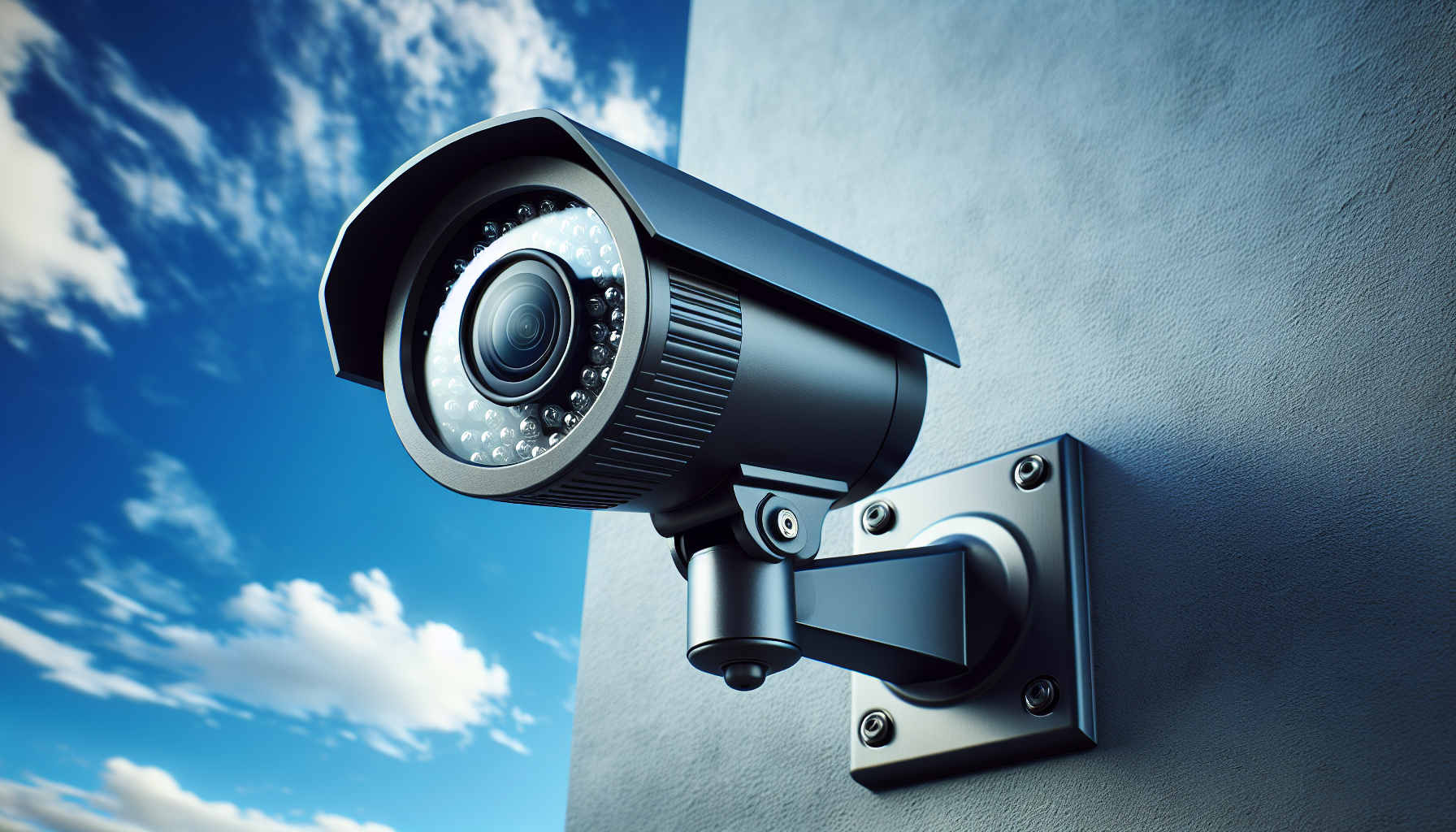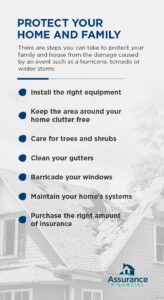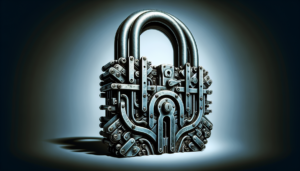
In today’s world, ensuring the safety and security of your home is of utmost importance. It’s a natural instinct to want to protect your loved ones and valuable belongings from potential threats and intruders. But with the ever-evolving techniques used by criminals, it can be overwhelming to know where to start. In this article, we will explore effective measures and practical steps you can take to secure your home, providing you with peace of mind and a safer living environment.
Physical Security Measures
Install high-quality locks
One of the most basic yet essential physical security measures for your home is to install high-quality locks on all doors. Choose locks that are sturdy, durable, and resistant to picking or tampering. Opt for deadbolt locks, as they provide an extra layer of protection compared to standard locksets.
Use deadbolt locks
Deadbolt locks are an excellent addition to your home’s security. Unlike spring-latch locks, deadbolts require a key to open the door from the outside, making it much more difficult for intruders to gain access. Ensure that the deadbolts are properly installed and have at least a one-inch throw.
Secure sliding doors
Sliding doors can be vulnerable entry points, but there are measures you can take to enhance their security. Consider installing a secondary locking mechanism, such as a sliding door security bar or a track lock, to prevent the door from being forced open. Additionally, reinforce the glass with a window film or install security shutters for added protection.
Reinforce windows
Windows are potential weak points in your home’s security, but there are ways to reinforce them. Upgrade window locks to more secure options, such as pin locks or key-operated locks. You can also apply window security film, which adds a layer of protection against breaking and entering. Consider installing window bars or grilles, particularly on ground-level windows, to deter intruders.
Install security cameras
Security cameras act as both a deterrent and a means to monitor your home. Install cameras strategically around your property, focusing on vulnerable areas such as entrances and windows. Opt for high-resolution cameras with night vision capabilities for clear footage in all lighting conditions. Ensure the cameras are properly configured and connected to a recording system or a cloud-based service.
Implement a security alarm system
A security alarm system provides an added layer of protection by detecting unauthorized entry and alerting both you and monitoring professionals. Choose a reputable security provider and opt for a professionally monitored system. This way, trained experts can respond quickly to any alarm activations and notify the necessary authorities if needed. Ensure the alarm system includes window and door sensors as well as motion detectors.
Perimeter Protection
Fencing and Gates
Installing a sturdy fence around your property can serve as a physical barrier, discouraging unauthorized access. Choose a fence that is difficult to climb and has a locking gate. Consider adding spikes or deterrents to the top of the fence for added security.
Outdoor Lighting
Well-lit exteriors can be an effective deterrent against potential intruders. Install outdoor lighting around your property, especially near entrances and walkways. Utilize motion-sensor lights to conserve energy and provide illumination when needed. Ensure that all bulbs are in working order and replace them promptly if they burn out.
Secure entrances and exits
Secure all entrances and exits to your property, including gates and garage doors. Install sturdy locks on gates, and consider using padlocks or combination locks for additional security. Reinforce the garage door with a security bar or lock, and ensure windows in the garage are properly secured.
Secure Entryways
Strengthen doors
Doors are crucial entry points that require extra attention when it comes to security. Ensure that all exterior doors are made of solid materials like metal or solid wood. Reinforce the door jamb and hinges with security plates and screws to make them more resistant to forceful entry attempts.
Use door reinforcements
To further enhance the security of your doors, consider utilizing door reinforcements such as door security bars or door braces. These devices provide an additional physical barrier by preventing the door from being kicked in or forced open.
Consider smart locks
Smart locks offer convenience and enhanced security for your entryways. With smart locks, you can control and monitor access to your home remotely using a smartphone or other authorized devices. They often offer features like temporary access codes, keyless entry, and integration with home automation systems.
Install a peephole or door viewer
A peephole or door viewer allows you to see who is outside your door before opening it. Install a high-quality peephole or door viewer at eye level to ensure you can identify visitors or potential threats from the safety of your home.
Use a doorbell camera
Doorbell cameras provide additional security at your entryway, allowing you to see and communicate with visitors remotely. These cameras can alert you to a visitor’s presence, even when you are away from home. Choose a doorbell camera with motion detection and high-definition video recording capabilities.
Security Measures for Windows
Upgrade window locks
Windows are often targeted by intruders, so it is crucial to have secure locks installed. Upgrade to window locks that are more resistant to tampering, such as key-operated locks. Ensure that all windows, especially ground-level ones, have functioning locks and are kept securely locked when not in use.
Install window security film
Window security film is a transparent, adhesive film that adds strength and shatter resistance to windows. It helps prevent the glass from breaking easily and can deter potential intruders. Install window security film on vulnerable windows to make them more resilient against forced entry attempts.
Use window sensors
Window sensors are an integral part of a comprehensive home security system. These sensors can detect when a window is opened or broken, triggering an alarm. Ensure that each accessible window is equipped with a window sensor that is properly connected to your security system.
Consider window bars or grilles
For added security, consider installing window bars or grilles, especially for ground-level windows or windows that are easily accessible from the outside. Window bars or grilles act as a physical barrier, making it extremely difficult for intruders to gain entry through the windows.
Home Security Systems
Choose a reputable security provider
When selecting a home security system, it is essential to choose a reputable and reliable security provider. Research different providers, read customer reviews, and consider factors such as their response time to alarm activations and the quality of their equipment and services.
Install a professionally monitored system
Opt for a professionally monitored home security system. With professional monitoring, trained operators are available 24/7 to receive alarm signals from your security system and take appropriate action. This ensures that potential threats are quickly addressed and the necessary authorities are notified when needed.
Utilize motion sensors
Motion sensors can detect movement within your home, either when armed or unarmed, and trigger an alarm if unauthorized activity is detected. Place motion sensors strategically in areas where intruders are likely to pass through, such as hallways and common entry points.
Opt for a wireless system
Consider opting for a wireless home security system as it eliminates the need for extensive wiring and can be easily installed and expanded. Wireless systems also offer the advantage of being unaffected by power outages or cut phone lines, ensuring continuous protection.
Consider home automation integration
Integrating your home security system with home automation technology allows for seamless control and monitoring of your security features. With automation, you can remotely arm and disarm your system, receive alerts, and even control various aspects of your home’s security, such as lighting and thermostat settings.
Smart Home Security
Install smart cameras
Smart cameras offer advanced features and functionality, such as high-resolution video recording, motion detection, and remote viewing capabilities. Install smart cameras in strategic locations around your property to monitor activity and enhance the security of your home.
Utilize smart door locks
Smart door locks provide convenience and enhanced security by allowing you to control and monitor access to your home remotely. With features like keyless entry, remote locking and unlocking, and activity logs, smart door locks give you greater control over who enters your home.
Consider smart lighting
Smart lighting systems allow you to program and control your lights from anywhere, making it look like someone is home even when you’re not. This can deter potential intruders who may be scouting for targets with unoccupied homes. Set schedules or use motion sensors to automate your lighting and improve home security.
Add smart sensors and detectors
Smart sensors and detectors, such as smoke detectors, carbon monoxide detectors, and water leak sensors, can be integrated into your smart home security system. These sensors provide early detection of potential hazards, alerting you to emergencies and allowing for prompt action.
Utilize remote monitoring and control
With smart home security, you can remotely monitor and control various aspects of your home’s security system. Whether it’s receiving real-time alerts, checking camera feeds, or arming and disarming your security system, remote monitoring and control give you peace of mind and the ability to respond promptly to any security events.
Security Measures for Outdoor Spaces
Illuminate outdoor areas
Properly lighting your outdoor spaces is a crucial security measure. Install outdoor lighting to eliminate dark areas around your property, ensuring that potential intruders have no place to hide. Use motion-sensor lights or smart lighting to conserve energy and provide illumination when needed.
Install security cameras in strategic locations
Strategically place security cameras around your outdoor spaces to monitor the surroundings and deter potential intruders. Consider areas such as driveways, walkways, and the entry points into your property. Ensure the cameras have weatherproof and vandal-resistant features for reliable operation.
Secure sheds and outdoor storage
Don’t overlook the security of sheds, garages, or other outdoor storage areas. Ensure that these structures are properly secured with robust locks and reinforced doors. Consider installing security cameras and lighting to enhance their protection.
Implement landscaping techniques for improved visibility
Proper landscaping can help improve visibility and deter potential intruders. Trim shrubs and bushes near windows and doors to eliminate hiding spots. Consider adding thorny or prickly plants near vulnerable entry points to further discourage unauthorized access.
Home Security Tips
Keep doors and windows locked
Always keep your doors and windows locked, even when you are at home. Locks are an essential first line of defense and can significantly reduce the chances of a break-in.
Use timers for lights and electronics
When away from home, use timers for lights and electronic devices to create the illusion of occupancy. This can deter potential intruders by giving the impression that someone is home.
Maintain a well-maintained appearance
A well-maintained home gives the impression that someone is present and actively cares for the property. Regularly maintain the exterior of your home, mow the lawn, and keep the surroundings tidy to deter potential intruders.
Secure valuable possessions
Secure valuable possessions in a safe or lockbox, keeping them out of sight. This prevents them from being easily targeted by thieves in the event of a break-in.
Be cautious of sharing information online
Avoid sharing sensitive information about your home, such as vacation plans or when you will be away, on social media or other public platforms. Posting such information can make your home an easier target for burglars.
Neighborhood Watch
Participate in or establish a neighborhood watch program
Get involved in a neighborhood watch program or help establish one in your community. Neighborhood watch groups encourage residents to look out for each other and report suspicious activities to authorities, creating a safer community environment.
Maintain communication with neighbors
Maintain open lines of communication with your neighbors. Establish rapport and exchange contact information so you can easily inform each other of any suspicious activities or emergencies.
Report suspicious activities to authorities
If you observe any suspicious activities in your neighborhood, report them promptly to the authorities. Your vigilance and cooperation can contribute to a safer community and deter potential threats.
Emergency Preparedness
Create an emergency plan
Create a comprehensive emergency plan for your household. This plan should include evacuation routes, designated meeting points, and instructions on how to respond to emergencies such as fires, natural disasters, or intrusions.
Prepare a well-stocked emergency kit
Assemble an emergency kit that contains essential items such as first aid supplies, non-perishable food, water, flashlights, batteries, and a portable radio. Ensure that all family members are aware of the kit’s location and its contents.
Practice fire safety measures
Implement fire safety measures in your home, such as regularly testing smoke detectors, having fire extinguishers readily available, and ensuring everyone in the household knows how to react in the event of a fire. Conduct fire drills regularly to practice evacuation procedures.
Know your local emergency contact numbers
Familiarize yourself with the local emergency contact numbers for your area, including police, fire, and medical services. Keep these numbers readily accessible, both on your mobile phone and in a visible location within your home.
By implementing these comprehensive physical security measures, you can significantly enhance the safety and protection of your home against potential threats and intruders. Remember that security needs may vary from one home to another, so assess your specific requirements and consult with professionals if needed. Taking proactive steps to secure your home lays the foundation for a secure and peaceful living environment.







